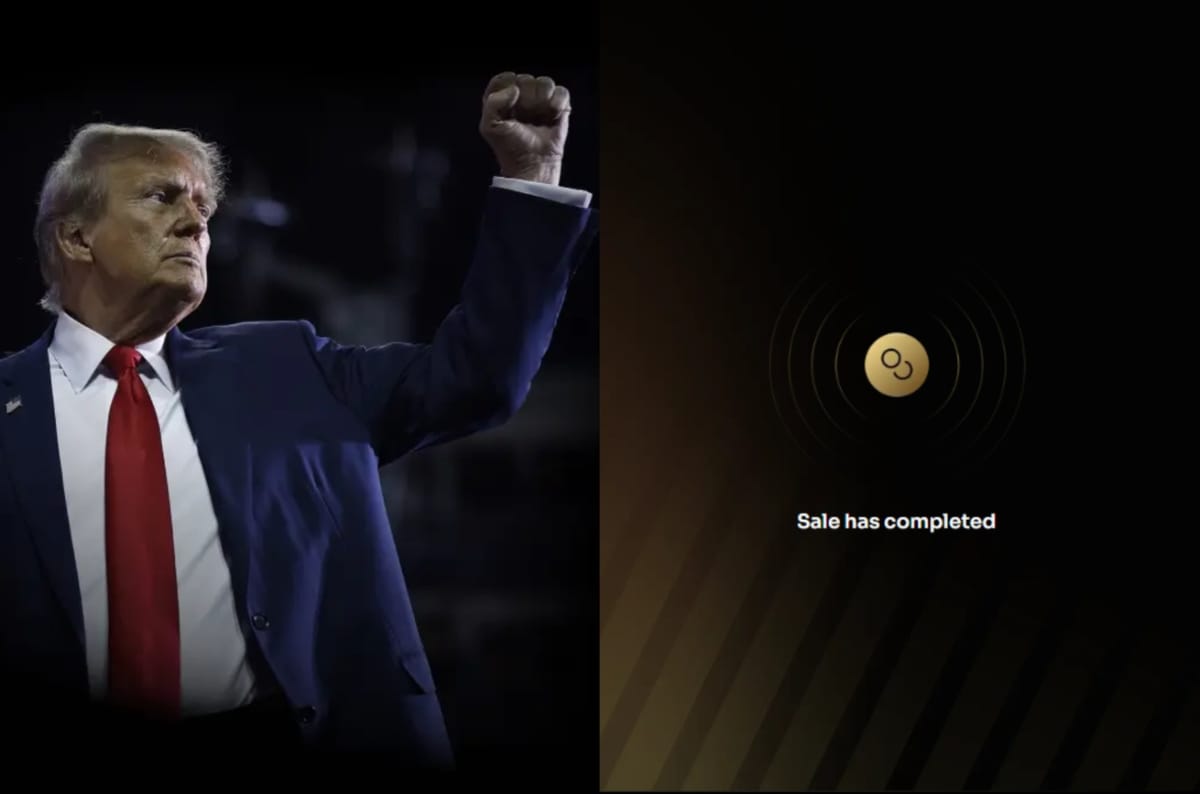Table of Contents
Stablecoins are fast becoming the hottest trend in the US. The House of Representatives released its version of its stablecoin bill, Trump-backed World Liberty Financial announced plans to launch USD1, a stablecoin pegged to the US dollar, and the Wyoming Stable Token Commission is preparing to launch WYST, a state-backed digital currency.
On Wednesday, the House of Representatives made the bill live, following the Senate’s recent committee approval of a parallel measure. Earlier this month, the Guiding and Establishing National Innovation for U.S. Stablecoins Act (GENIUS Act) passed the Senate Banking Committee with a bipartisan 18-6 vote.
Sponsored by Senator Bill Hagerty (R-Tenn.), the bill aims to create a comprehensive regulatory framework for stablecoins.
“As the world modernizes its payment systems, the U.S. cannot be left behind,” Hagerty said. “Stablecoins can play a pivotal role in spurring that modernization. Whether it’s improving transaction efficiency, freeing up working capital, or driving U.S. Treasury demand, the benefits of a clear regulatory framework for stablecoins are immense.”
The House's proposal aims to regulate the issuance of dollar-denominated digital tokens and is spearheaded by Rep. Bryan Steil, head of the House Financial Services Committee’s crypto panel, and Rep. French Hill, the committee’s Republican chair.
Rep. Steil said the new bill would "close the gap" between the House and Senate versions. Meanwhile, Hill described the Stablecoin Transparency and Accountability for a Better Ledger Economy (STABLE) Act as "a strong continuation of our work on digital assets in the last Congress."
At the same time, Donald Trump's World Liberty Financial announced plans to launch USD1, a stablecoin pegged to the U.S. dollar, after first teasing the idea back in October 2024. The company has promoted USD1 as a reliable and secure digital asset.
Meet USD1 — the stablecoin your portfolio’s been waiting for.
— WLFI (@worldlibertyfi) March 25, 2025
Built for institutions and retail alike. Backed by dollars. Custodied by BitGo.
No games. No gimmicks. Just real stability.https://t.co/vXPbZe0GPn
"Meet USD1 — the stablecoin your portfolio’s been waiting for," the company posted on X. "Built for institutions and retail alike. Backed by dollars. Custodied by BitGo. No games. No gimmicks. Just real stability."
Custodied by BitGo, USD1 is backed by short-term US government treasuries, US dollar deposits, and other cash equivalents. The tokens will be minted on the Ethereum (ETH) and Binance Smart Chain (BSC) blockchains, with plans to expand to other protocols in the future.
“The launch of USD1 represents a significant advancement in institutional-ready digital assets,” said Mike Belshe, BitGo CEO. “Our clients demand both security and efficiency, and this partnership with WLFI delivers both — combining deep liquidity with the assurance that reserves are securely held and managed within regulated, qualified custody.”
World Liberty Financial recently completed its $550 million token sale target. According to its website, 2,740,451.08 of $WLF was bought by one wallet on 14 March, fulfilling the sale target, triggering the message "Sale has completed."
WLFI token holders are granted governance rights within the WLF Protocol, although tokens remain non-transferable for the first 12 months post-launch.
Meanwhile, plans for Wyoming Stable Token Commission's WYST stablecoin are in motion. At the DC Blockchain Summit, Wyoming Governor Mark Gordon and Commission Executive Director Anthony Apollo confirmed that WYST has entered its testing phase.
"Our forward-thinking approach to blockchain and digital asset legislation has positioned Wyoming as a model for not only other states, but the federal government as well," Gordon said.
WYST is currently being tested on multiple blockchain networks, including Ethereum, Solana, and Avalanche. These test tokens hold no real value yet but serve to refine the system before an official launch.
The stablecoin will be fully backed by cash and U.S. Treasury securities, with interest earnings directed toward Wyoming’s school foundation fund. To ensure long-term stability, WYST will be overcollateralized, maintaining more reserves than tokens issued. If testing proceeds smoothly, WYST could be officially launched as early as July 2025.














